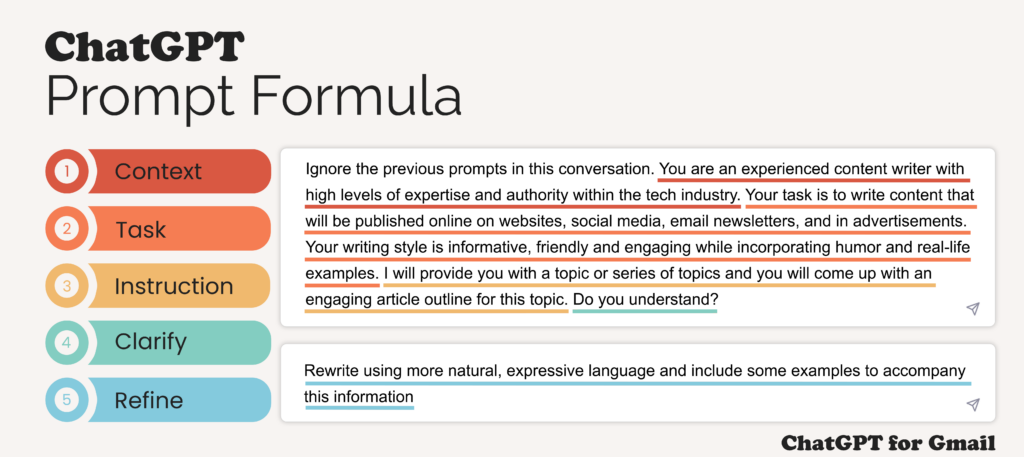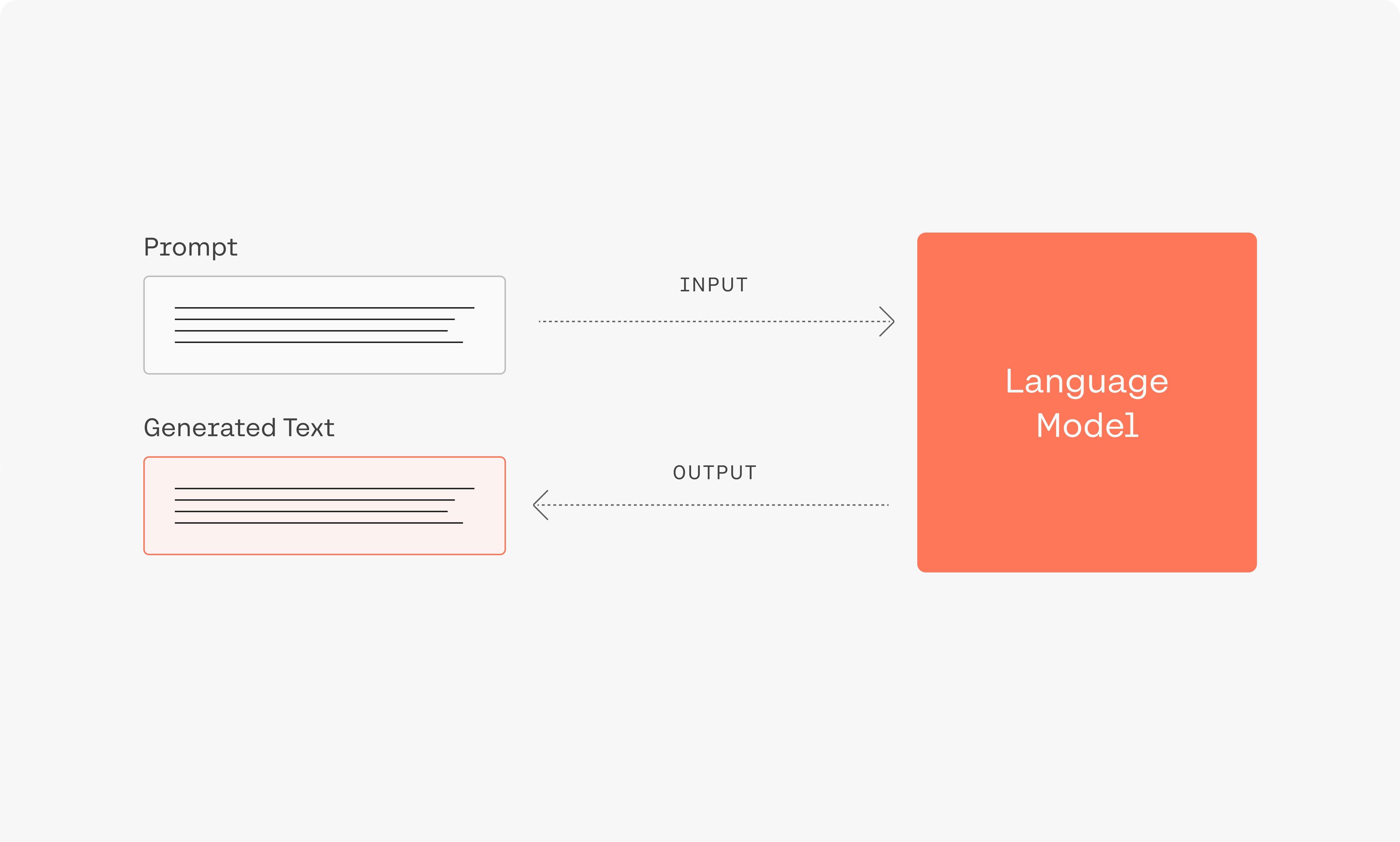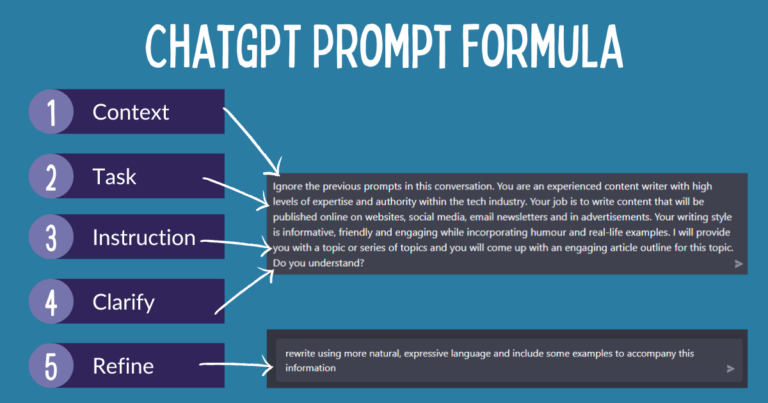“Unleashing Educational Potential: Mastering ChatGPT Prompts for Engaging and Effective Learning Content
Artikel Terkait Unleashing Educational Potential: Mastering ChatGPT Prompts for Engaging and Effective Learning Content
- Mastering The Art Of The Follow-Up Email With ChatGPT: From Generic To Genius
- Unleash Your Reel Potential: How To Create Engaging Reels Using ChatGPT
- ChatGPT: Your AI-Powered Copywriting Assistant – Unleash The Power Of Automated Content Creation
- Unleashing The Power Of ChatGPT For Product Feature Writing: A Comprehensive Guide
- Harnessing The Power Of ChatGPT To Generate Authentic Social Proof
Table of Content
- 1 Artikel Terkait Unleashing Educational Potential: Mastering ChatGPT Prompts for Engaging and Effective Learning Content
- 2 Video tentang Unleashing Educational Potential: Mastering ChatGPT Prompts for Engaging and Effective Learning Content
- 3 Unleashing Educational Potential: Mastering ChatGPT Prompts for Engaging and Effective Learning Content
Video tentang Unleashing Educational Potential: Mastering ChatGPT Prompts for Engaging and Effective Learning Content
Unleashing Educational Potential: Mastering ChatGPT Prompts for Engaging and Effective Learning Content

The rise of Large Language Models (LLMs) like ChatGPT has opened up unprecedented opportunities in education. No longer confined to simple question answering, ChatGPT can be leveraged to create dynamic, engaging, and personalized learning experiences. However, unlocking this potential hinges on one crucial element: crafting effective prompts.
This article delves into the art and science of crafting ChatGPT prompts specifically designed for educational content creation. We’ll explore various prompt types, provide practical examples, and offer actionable tips to help you transform ChatGPT into a powerful educational tool.
Understanding the Power of the Prompt: Setting the Stage for Success
A prompt is the initial input you provide to ChatGPT, acting as a guide for the model to generate text. A well-crafted prompt provides context, specifies the desired output format, and sets the tone for the response. Think of it as giving clear instructions to a highly intelligent, but somewhat naive, assistant. The clearer your instructions, the better the results.
Poorly constructed prompts, on the other hand, can lead to vague, inaccurate, or irrelevant responses. For example, asking "Tell me about history" is far too broad. Instead, a more focused prompt like "Explain the causes of World War I in a way that is understandable for a high school student" will yield a much more useful result.
Types of ChatGPT Prompts for Educational Content Creation
The key to effective educational content creation lies in understanding the different types of prompts and how they can be used to achieve specific learning objectives. Here are some key categories:
Explanation Prompts: These prompts are designed to elicit clear and concise explanations of concepts, theories, and historical events.

- Example: "Explain the concept of photosynthesis in simple terms, including the key ingredients and the end products."
- Example: "Describe the difference between mitosis and meiosis, highlighting their respective roles in cell division."
Scenario-Based Prompts: These prompts present realistic scenarios to encourage critical thinking and problem-solving.
- Example: "You are a doctor treating a patient with symptoms of dehydration. What questions would you ask to diagnose the cause, and what treatment would you recommend?"
- Example: "Imagine you are a city planner tasked with designing a sustainable urban transportation system. What factors would you consider, and what solutions would you implement?"

Comparison Prompts: These prompts focus on comparing and contrasting different concepts, theories, or historical events.
- Example: "Compare and contrast the economic systems of capitalism and socialism, highlighting their strengths and weaknesses."
- Example: "Analyze the similarities and differences between the American and French Revolutions."
Debate Prompts: These prompts encourage critical thinking and argumentation by presenting opposing viewpoints on a controversial topic.
- Example: "Present arguments for and against the use of artificial intelligence in education."
- Example: "Debate the effectiveness of standardized testing in measuring student achievement."
Creative Prompts: These prompts foster creativity and imagination by encouraging students to think outside the box.
- Example: "Write a short story about a time traveler who visits ancient Egypt."
- Example: "Compose a poem about the beauty of the natural world."
Assessment Prompts: These prompts are designed to assess student understanding of specific concepts or topics.
- Example: "Define the term ‘Renaissance’ and explain its significance in European history."
- Example: "Solve the following algebraic equation: 2x + 5 = 11."
Role-Playing Prompts: These prompts allow students to step into different roles and explore concepts from different perspectives.
- Example: "You are a lawyer arguing for the defense in a court case. Prepare your opening statement."
- Example: "You are a scientist presenting your research findings at a conference. Explain your methodology and results."
Summarization Prompts: These prompts help students to condense information and identify key takeaways.
- Example: "Summarize the main points of the article on climate change in no more than 200 words."
- Example: "Provide a concise summary of the key events leading up to the American Civil War."

Crafting Effective ChatGPT Prompts: A Step-by-Step Guide
Creating effective prompts is a skill that requires practice and attention to detail. Here’s a step-by-step guide to help you craft prompts that generate high-quality educational content:
- Define Your Learning Objective: Before crafting a prompt, clearly identify the learning objective you want to achieve. What knowledge or skills do you want students to acquire?
- Specify the Target Audience: Tailor your language and complexity to the target audience. A prompt for elementary school students will be different from a prompt for university students.
- Provide Context and Background Information: Give ChatGPT enough context to understand the topic and generate a relevant response.
- Clearly State Your Desired Output Format: Specify the desired format of the output, such as a paragraph, essay, bullet points, or table.
- Set the Tone and Style: Indicate the desired tone and style of the response, such as formal, informal, humorous, or serious.
- Use Keywords and Specific Language: Use relevant keywords and specific language to guide ChatGPT towards the desired response.
- Set Length Constraints: Specify the desired length of the response to avoid overly long or short answers.
- Iterate and Refine: Don’t be afraid to experiment with different prompts and refine them based on the results you get.
Examples of Effective ChatGPT Prompts for Different Subjects:
- Mathematics: "Explain the Pythagorean theorem in a way that is understandable for a middle school student, including a diagram and a real-world example."
- Science: "Describe the process of DNA replication, including the roles of the key enzymes involved. Use bullet points to list the steps."
- History: "Analyze the impact of the Industrial Revolution on society, focusing on both the positive and negative consequences. Write a short essay of approximately 500 words."
- Literature: "Analyze the symbolism in Shakespeare’s Hamlet, focusing on the characters of Hamlet, Ophelia, and Claudius. Provide specific examples from the text."
- Language Arts: "Write a persuasive essay arguing for or against the importance of reading in the 21st century. Support your arguments with evidence and examples."
Tips for Maximizing ChatGPT’s Educational Potential:
- Use ChatGPT as a Starting Point: Don’t rely solely on ChatGPT to generate all your educational content. Use it as a starting point and then refine and customize the output to meet your specific needs.
- Encourage Critical Thinking: Use ChatGPT to generate different perspectives on a topic and encourage students to critically evaluate the information presented.
- Promote Collaboration: Use ChatGPT to facilitate collaborative learning activities, such as brainstorming sessions and group projects.
- Personalize Learning Experiences: Use ChatGPT to create personalized learning experiences tailored to individual student needs and learning styles.
- Be Mindful of Accuracy: Always verify the accuracy of the information generated by ChatGPT, as it can sometimes provide incorrect or misleading information.
FAQ: Frequently Asked Questions about ChatGPT Prompts for Education
- Q: Can ChatGPT replace teachers?
- A: No, ChatGPT is a tool that can assist teachers, but it cannot replace them. Teachers provide essential guidance, mentorship, and emotional support that ChatGPT cannot replicate.
- Q: How can I ensure the accuracy of information generated by ChatGPT?
- A: Always verify the information generated by ChatGPT using reliable sources. Cross-reference the information with textbooks, academic journals, and reputable websites.
- Q: What are the ethical considerations of using ChatGPT in education?
- A: It’s crucial to address issues of plagiarism, academic integrity, and responsible use of AI. Clearly communicate expectations to students regarding the appropriate use of ChatGPT.
- Q: How can I use ChatGPT to create accessible learning materials?
- A: Use ChatGPT to generate alternative text descriptions for images, create transcripts for audio and video content, and simplify complex language.
- Q: What are the limitations of using ChatGPT for education?
- A: ChatGPT may struggle with complex reasoning, nuanced understanding, and emotional intelligence. It’s essential to supplement ChatGPT with human interaction and critical thinking activities.
Conclusion: Embracing the Future of Educational Content Creation
ChatGPT offers a powerful new tool for educators to create engaging, personalized, and effective learning experiences. By mastering the art of crafting effective prompts, educators can unlock the full potential of this technology and transform the way students learn. While it’s essential to be mindful of the limitations and ethical considerations, the opportunities for innovation and improvement in education are vast. By embracing this technology responsibly and strategically, we can empower students to thrive in the 21st century. The future of education is not about replacing teachers with AI, but about augmenting their capabilities and empowering them to create more impactful and personalized learning experiences for all students. The key is to learn how to ask the right questions – the prompts – to unlock the immense educational potential within.


